Geralt of Rivia stands out in the games set in the world of ‘The Witcher’ because of how completely his skills and tools are woven into quests, dialogue, and combat. Every contract, crossroads decision, and side activity reflects a system that teaches you something about monsters, people, and the consequences that follow.
Across ‘The Witcher’, ‘The Witcher 2’, and ‘The Witcher 3: Wild Hunt’, the design of Geralt’s abilities stays consistent while still opening new layers. Expansions like ‘Hearts of Stone’ and ‘Blood and Wine’ build on that base with tougher enemies, richer gear paths, and new ways to use the same core toolkit.
Witcher Mutations and Senses
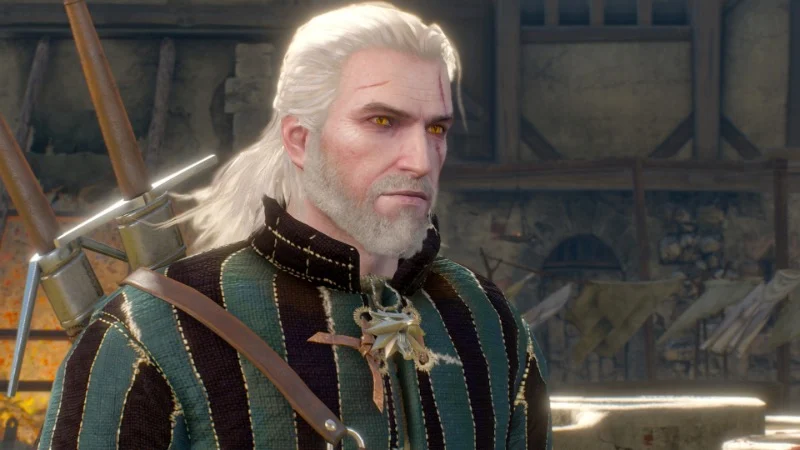 CD Projekt Red
CD Projekt RedGeralt’s mutations raise his strength, reflexes, and resistance to toxins, which explains why he can drink potions that would kill ordinary people. The games reflect this through higher damage thresholds, improved stamina recovery with specific builds, and a toxicity meter that limits how many potions and decoctions he can stack at once.
His cat like eyes are not just decoration. They underpin Night Vision effects from certain potions and enable Witcher Senses that reveal footprints, claw marks, blood trails, and scent particles. This turns many investigations into hands on tracking sequences that connect clues to specific monsters and quest outcomes.
Signs Arsenal
 CD Projekt Red
CD Projekt RedGeralt casts five simple combat spells called Signs. Aard pushes or staggers enemies, Igni burns and can ignite gas clouds, Yrden slows foes and exposes spectral enemies, Quen shields him from damage, and Axii manipulates minds. Each Sign has basic and alternate modes that change its utility in fights and puzzles.
The games encourage experimenting with Sign intensity, stamina costs, and skill synergy. Upgrades let Quen explode on break to stagger opponents, make Yrden into a sustained trap, or shape Igni into a sustained stream. Places of Power found in the world grant one time skill points and temporary Sign boosts, so exploration directly supports Sign focused builds.
Two Swords and Oils
 CD Projekt Red
CD Projekt RedGeralt carries a steel sword for humans and non magical beasts and a silver sword for cursed or supernatural creatures. The games detect enemy types and adjust damage accordingly, so swapping to the correct blade is a basic but essential habit that keeps combat efficient.
Oils applied to blades add percentage damage against specific monster families and can be combined with skills that increase oil potency and duration. This makes preparation matter because choosing the right oil before a fight with a necrophage or draconid produces visible results without changing core attack patterns.
Alchemy and Decoctions
 CD Projekt Red
CD Projekt RedAlchemy gives Geralt bombs, potions, and decoctions that hinge on ingredients gathered in the wild or harvested from monsters. Potions like Swallow boost vitality regeneration and Thunderbolt increases attack power, while bombs such as Grapeshot damage area targets and Samum blinds or interrupts.
Decoctions extend that logic with longer lasting effects tied to monster traits, such as extra damage after dodges or bonuses while under a certain health threshold. Toxicity management keeps these advantages in check, and the refresh on Meditate ensures crafted items restock from alcohol once you have learned the recipes.
Witcher Senses and Tracking
 CD Projekt Red
CD Projekt RedWitcher Senses create an interactive detective layer for many quests. Activated senses highlight interactive objects, reveal environmental clues, and let Geralt follow trails of footprints or scents to hidden lairs, ambush sites, or evidence that changes how a contract is resolved.
The medallion on his chest vibrates when magic is nearby and pulses in response to monster presence and active glyphs. It also reacts at Places of Power that grant skill points, linking world exploration to character growth and rewarding thorough searches in caves, ruins, and forest paths.
Monster Contracts and Trophies
 CD Projekt Red
CD Projekt RedContracts showcase how preparation, research, and choice shape outcomes. Reading bestiary entries and gathering local testimony can reveal a monster’s subtype and weakness, which changes recommended oils, Signs, bombs, and tactics before the hunt begins.
Defeated contract targets drop unique trophies that can be hung on Roach to grant passive bonuses like extra experience from monsters or increased chance to dismember. The bestiary then updates with confirmed traits and loot tables, turning each contract into a permanent knowledge bump for future encounters.
Combat Styles and Skills
 CD Projekt Red
CD Projekt RedGeralt’s swordplay mixes quick strikes, strong blows, parries, counters, dodges, and rolls. As you unlock skills, he gains access to advanced techniques like Whirl for continuous slashing and Rend for a high damage charged strike that consumes stamina for greater effect.
The skill tree spans Combat, Signs, and Alchemy with an additional General category. Mutagen slots amplify selected skills, and later systems let you socket runes and glyphs into weapons and armor for tailored bonuses. This structure supports focused builds that feel distinct in timing, resource use, and enemy matchups.
Axii Persuasion and Outcomes
 CD Projekt Red
CD Projekt RedAxii is more than a combat tool. In conversations it opens persuasion checks that can calm guards, steer tense negotiations, or avoid unnecessary fights. Success depends on invested Axii skills and Geralt’s current level, which turns character building into direct leverage during story beats.
These dialogue choices often change quest branches, rewards, and who remains available in later missions. Some interactions also unlock unique solutions that preserve clues, reveal hidden culprits, or keep allies alive for future contracts, which affects later scenes across ‘The Witcher 3: Wild Hunt’ and its expansions.
Gear Sets and Upgrades
 CD Projekt Red
CD Projekt RedSchool gear sets such as Wolf, Griffin, Cat, Bear, and Manticore come with tiered upgrades that raise armor ratings and add set bonuses. Diagrams are hidden in the world, guarded by monsters, or tucked inside ruins and require specific crafting materials to complete.
Each set subtly nudges a playstyle. Griffin favors Signs through bonus intensity, Cat leans into light armor stamina and critical hits, and Bear supports heavy armor survivability. The Grandmaster system in ‘Blood and Wine’ adds new tiers and set effects that stack when wearing multiple pieces from the same school.
Roach and Open World Travel
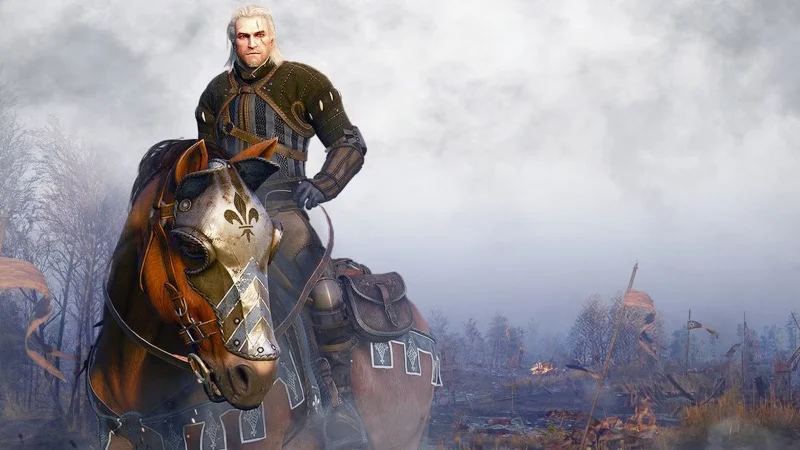 CD Projekt Red
CD Projekt RedRoach gives Geralt fast travel across long stretches of countryside with mounted combat options that include sword strikes and a simple crossbow. Saddles, blinders, and saddlebags affect stamina, horse fear, and carry capacity, which ties gear choices to travel comfort and fight readiness.
Horse trophies from certain hunts add passive modifiers while equipped. Combined with road gallop speed and automatic pathing, Roach helps chain contracts, scavenger hunts, and treasure maps into efficient routes that pick up herbs and crafting parts along the way.
Share your favorite Geralt skill or system from the games in the comments so everyone can compare strategies.

.jpeg)
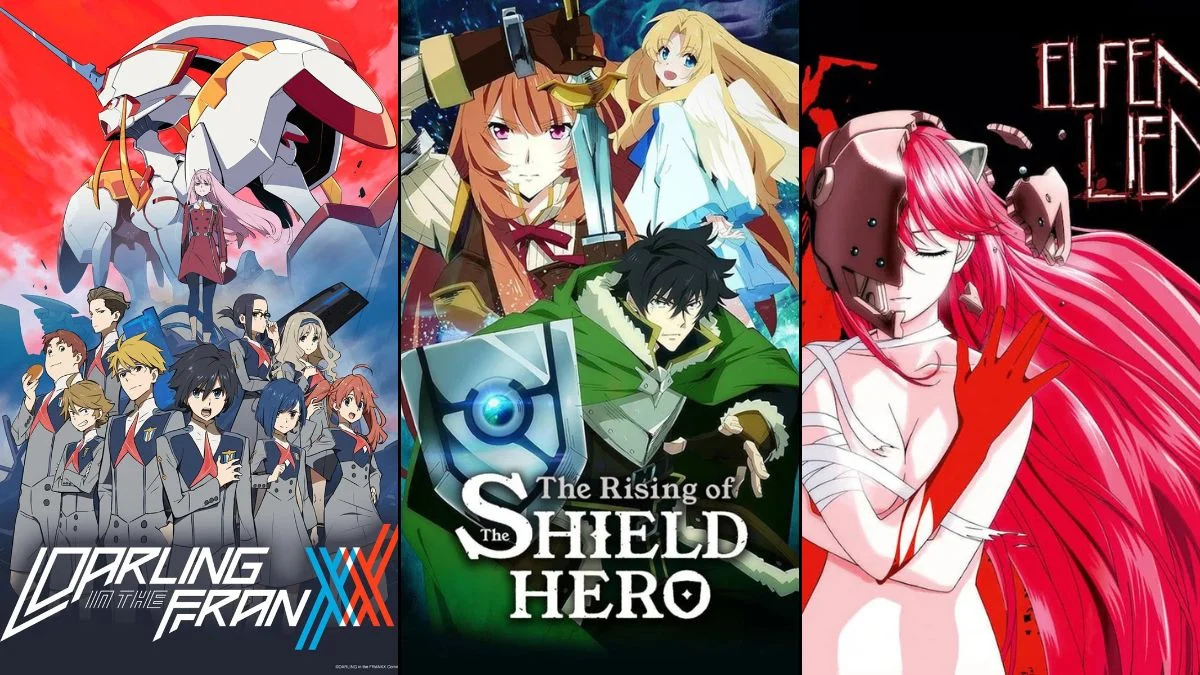



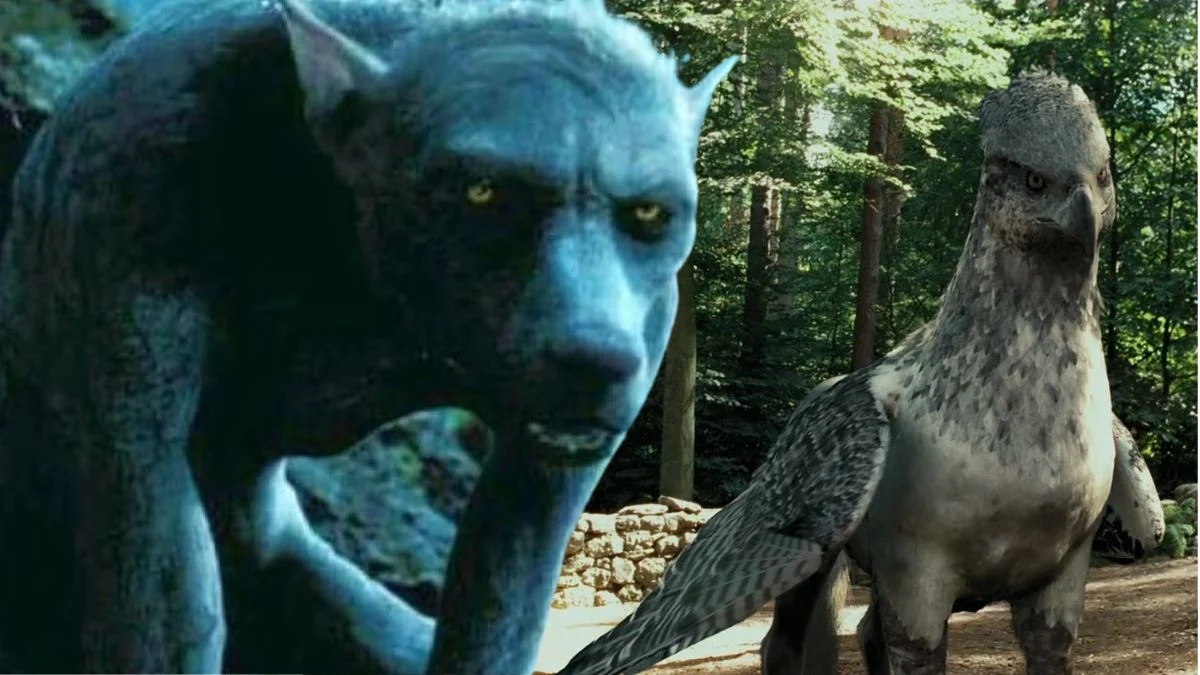


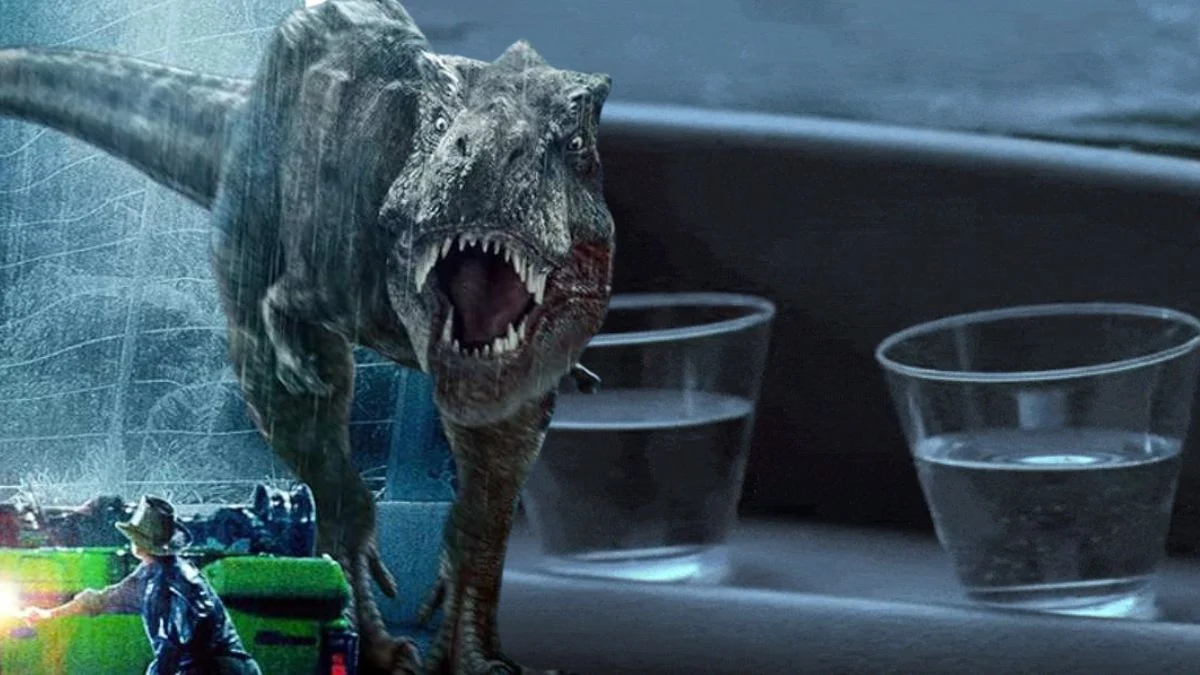

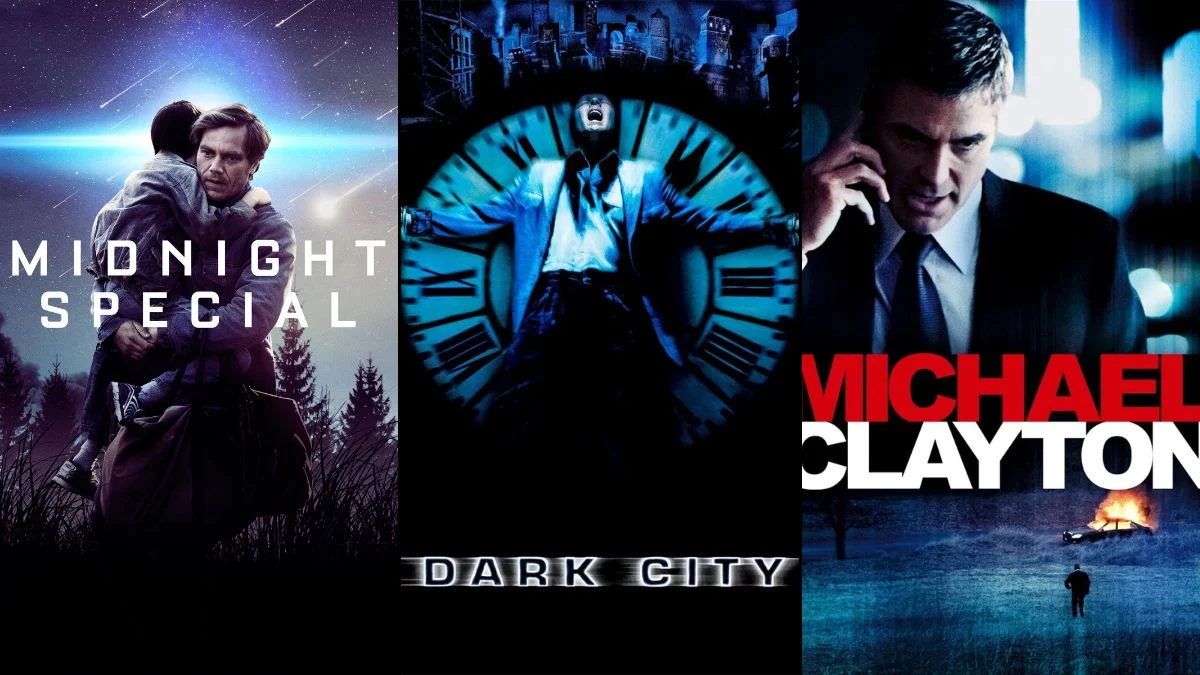
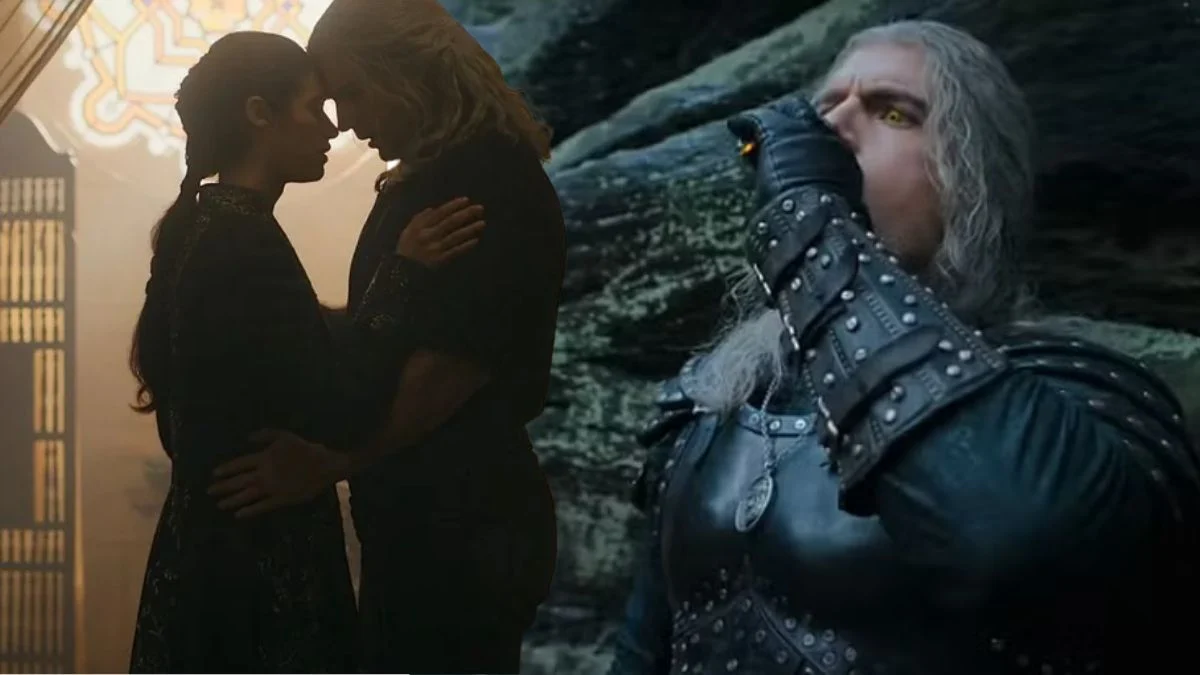




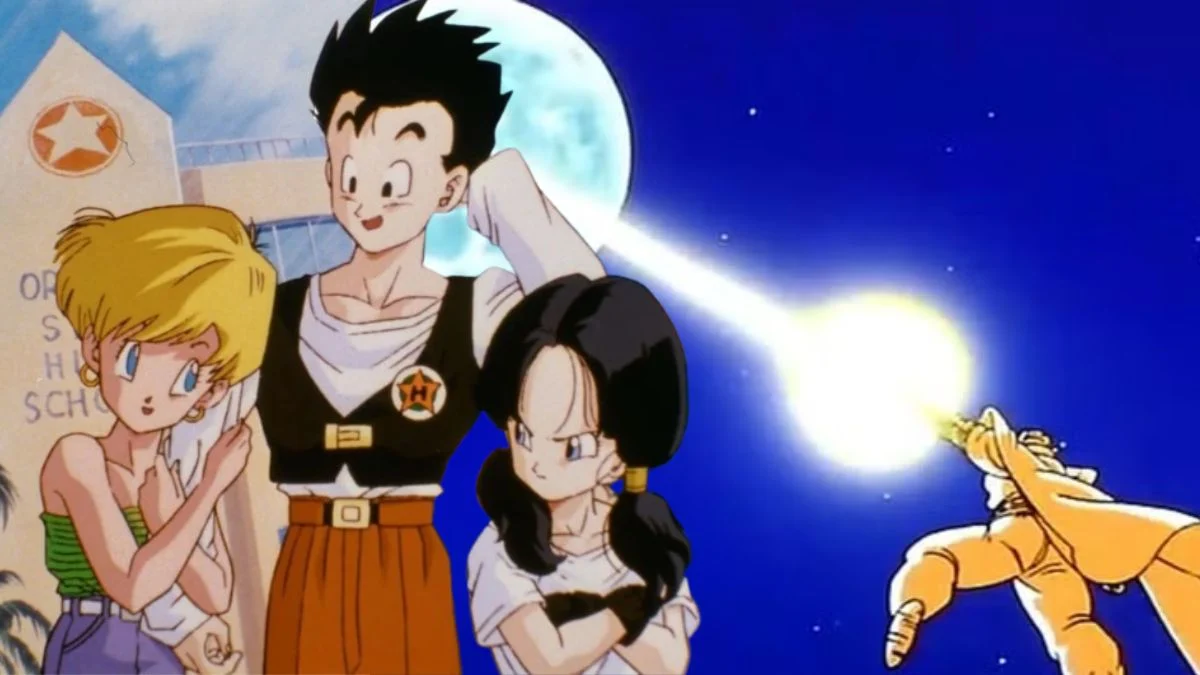

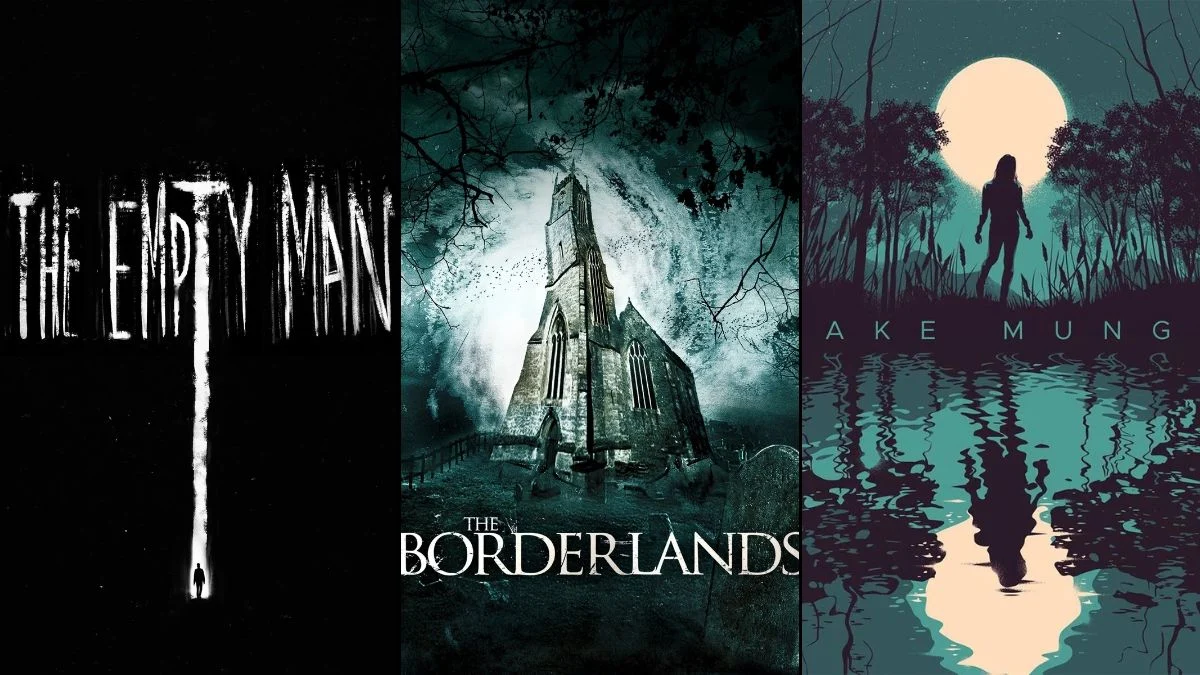

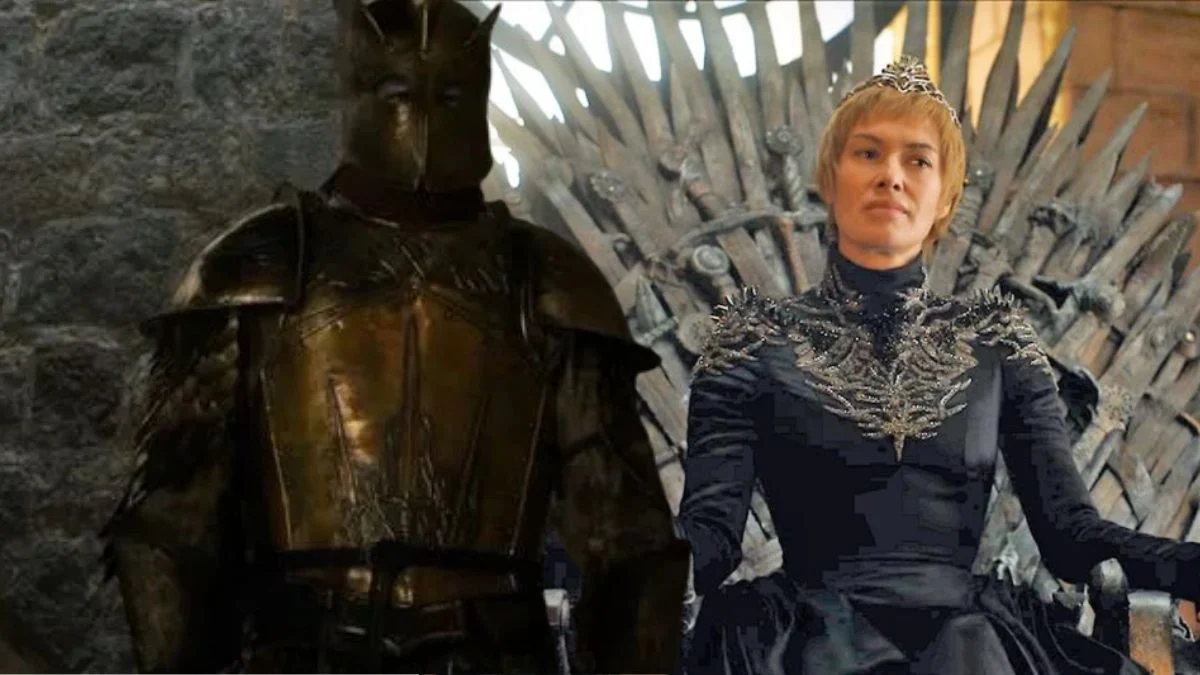




.jpeg)












 English (US) ·
English (US) ·